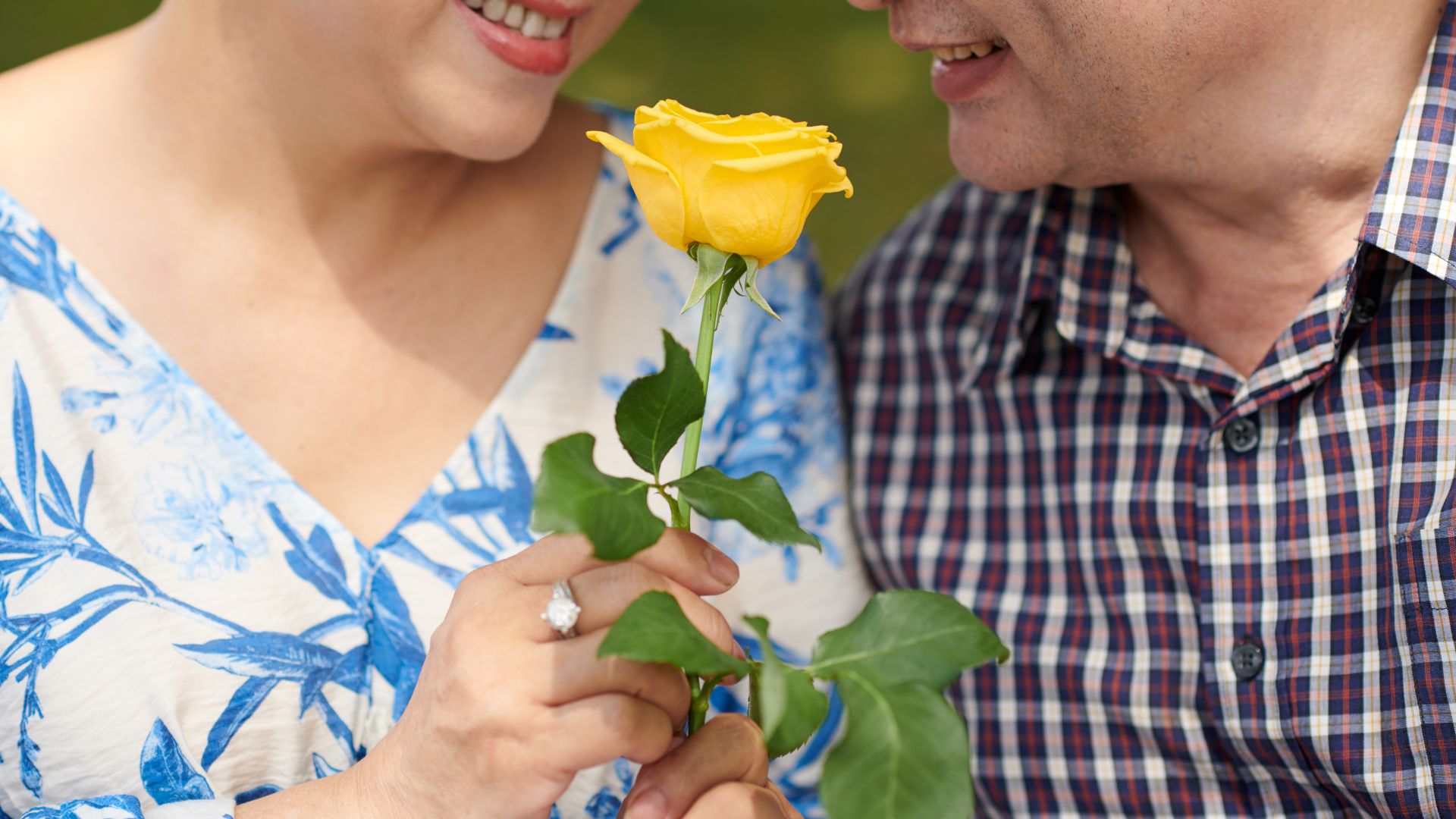In an era where technology often replaces personal interaction, these time-honored practices remind everyone of the importance of effort, respect, and meaningful gestures in building lasting connections. While some of these customs may seem old-fashioned, they can be adapted to contemporary lifestyles in ways that make them relevant and enjoyable.
By embracing these traditions, you can create a courtship experience that is both romantic and meaningful. These practices can help you slow down and appreciate the journey of getting to know each other, rather than rushing your relationship.
Here are 7 traditional courtship practices that Filipinos used to follow, which can be done today with a modern twist:
1. Harana (Serenade)

Traditionally, a suitor would sing love songs outside the window of his beloved, often accompanied by friends playing guitars. This practice, which originated in rural areas of Luzon, was a romantic gesture that demonstrated the suitor’s sincerity and willingness to put effort into his courtship.
Modern couples can revive this tradition by organizing a private serenade for their partner or creating a playlist of meaningful songs to share during a special date. This gesture can be incredibly touching and create a memorable experience for both partners.
2. Paninilbihan (Service)
In Leyte, suitors would perform various chores and tasks for the woman’s family to show their sincerity and capability. This practice demonstrated the suitor’s willingness to contribute and be a helpful partner.
Today, this can be adapted by offering to help with tasks or projects that are important to your partner or their family. For example, you could assist with household chores, support a family event, or contribute to a project your partner is passionate about. This gesture shows your commitment to making their life easier and your willingness to support them.
3. Pamamanhikan (Formal Proposal)

Pamamanhikan is the traditional practice where the suitor and his family visit the woman’s family to formally ask for her hand in marriage. This practice is a sign of respect and a way to seek the family’s blessing for the union.
In modern times, this can be adapted by organizing a formal meeting between both families to discuss future plans and ensure everyone is comfortable with the relationship. This meeting can include a meal or a small gathering where families can get to know each other better.
4. Balak (Love Poem)
In the Visayas, particularly in Cebu, a suitor would compose and recite a love poem called balak for the woman he admires. This practice required creativity and effort, as the suitor had to express his feelings in a poetic and heartfelt manner.
Modern couples can revive this tradition by writing personalized poems or love letters to express their deep feelings. This gesture can make your partner feel truly special and appreciated. Writing a poem or letter allows you to articulate your emotions and convey your love in a thoughtful way, adding a personal touch to your courtship.
5. Bigay-Kaya (Bridal Wealth)
Traditionally, the suitor would give gifts or financial support to the bride’s family as a sign of respect and appreciation. This practice, known as bigay-kaya, demonstrated the suitor’s commitment and willingness to provide for his future wife.
While the concept of dowry is outdated, giving thoughtful gifts to your partner’s family can still be a beautiful way to show gratitude and commitment. These gifts can symbolize your appreciation for their support and acceptance of your relationship. For example, you could give a meaningful token such as jewelry or a keepsake to show your appreciation. This gesture can help build a positive relationship with your partner’s family and demonstrate your respect for their role in your partner’s life.
6. Pagdalaw (Regular Visits)

Pagdalaw involves the suitor visiting the woman’s home regularly to show consistent interest and respect for her family. This practice demonstrated the suitor’s dedication and willingness to put effort into building a relationship.
In today’s context, this can mean spending quality time with each other’s families and making a genuine effort to build strong relationships with your partner’s loved ones. By consistently showing up and being present in family gatherings and events or simply showing up at their house, you demonstrate your commitment to the relationship and respect for their family. This practice encourages partners to be reliable and dependable, essential qualities in a long-term relationship.
7. Alay ng Singsing (Offering of a Ring)

In some regions, suitors would present a ring to signify their serious intentions. This wasn’t necessarily a proposal but a promise of commitment and a symbol of the suitor’s sincerity.
Modern couples can adapt this tradition by giving meaningful tokens such as jewelry or keepsakes to show their dedication. This gesture can serve as a tangible reminder of the commitment and love shared between partners. By giving a meaningful token, you show that you are serious about your relationship and willing to make a promise of commitment. This practice can be especially meaningful during significant milestones in the relationship, such as anniversaries or other special occasions.
These customs, though rooted in the past, offer timeless lessons on the importance of effort, meaningful gestures, and genuine commitment in building strong, lasting bonds. They encourage couples to slow down, appreciate the journey of getting to know each other, and build a foundation based on mutual respect and understanding.







